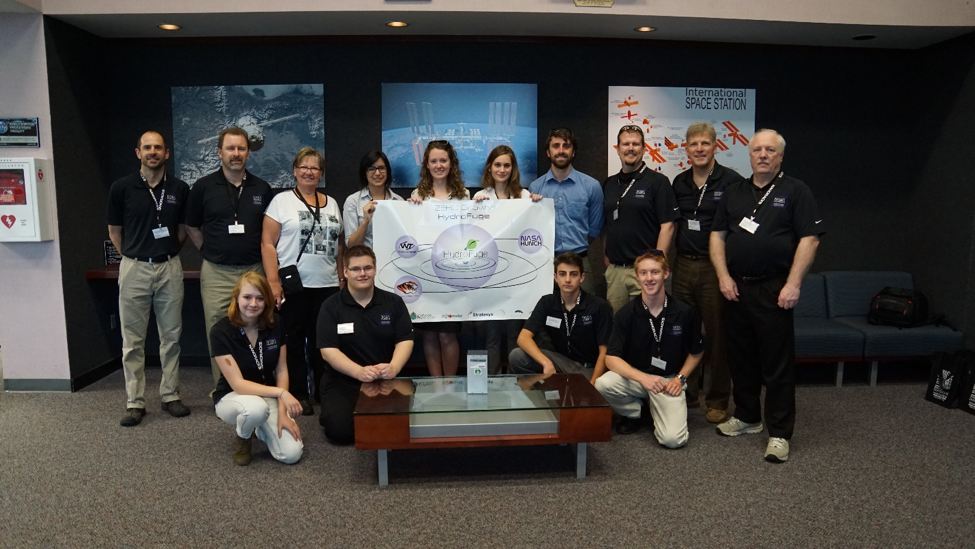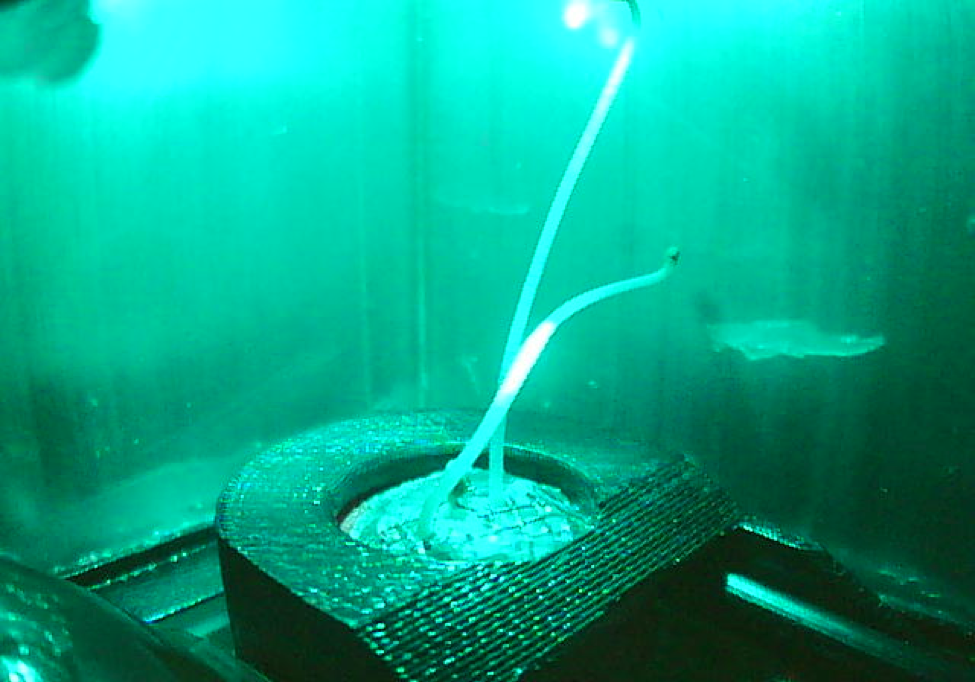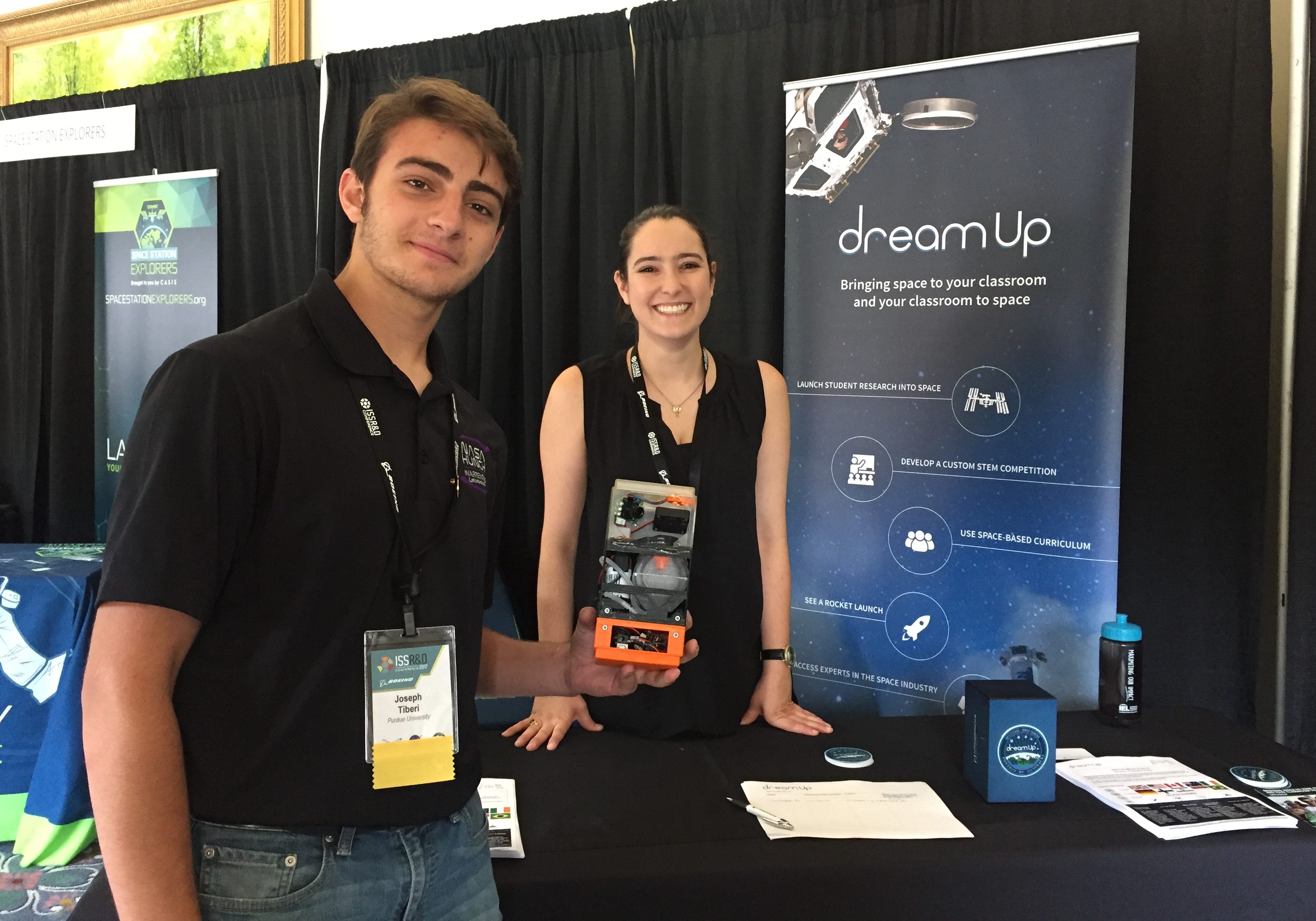
As a high school student, I had the opportunity to design, test, and build a science experiment through a program called N.A.S.A. HUNCH. I witnessed my project launch, and then recovered the results in what was easily the most educational process I had ever been a part of. I learned more during my ISS research experiment than I did doing anything else in high school. I feel every STEM student would be better off if they had the opportunity, as I had, to work alongside professional companies on practical engineering problems with real-world applications.
I first got involved with the HUNCH program my first year of high school, when I was invited to join the class by a fellow student. Although initially an electronics specialist, I quickly involved myself with every aspect of the project from mechanical design, to scientific research. The project that I was assigned to work on was called the Hydrofuge. The goal of this project was to design a small, fully automated plant growth system that would function aboard the International Space Station. At first, I was primarily interested in the project to gain engineering experience, however that quickly changed as my passion for space exploration and research developed. As I worked on the Hydrofuge, always having the end goal of launching it to the ISS, I realized that space wasn’t so unattainable, and that with hard work, I would be able to participate in some of the zero-gravity research that had always fascinated me. After a few years of work, I was finally able to see the project come to fruition and launch to the international space station. In 2015 I witnessed a Falcon 9 rocket lift off from Kennedy Space Center, carrying over two tons of materials and one Hydrofuge to the ISS. Seeing a rocket launch is easily the most amazing thing I have ever experienced. Even from a few miles away, I could feel the engines and the power that they were producing. It was truly inspiring to see the rocket fly straight up until it disappeared into the sky. That is really what made the experience real for me, was seeing the rocket, in only a matter of minutes, travel to space. Watching something I had personally created leave the planet made the whole concept of space seem less unattainable and distant.
About a week after the launch, we started to receive data from the experiment in the form of pictures. It was really rewarding to see the device actually working and growing plants. We received several sets of pictures over a few weeks, until a bearing failure caused the device to stop functioning, killing the plants. Soon thereafter The Hydrofuge came back to Earth and made its way back to us. As an engineering student, the diagnostics and analysis of the device was one of my favorite parts of the whole project. Through working backwards to disassemble the Hydrofuge, I determined what design features did their job, and which ones didn’t. The analysis yielded essential data that is still being used to design future versions of the Hydrofuge. This whole experience is what guided me academically to where I am today, and will continue to do so as I enter my career.
My end goal is to continue doing zero gravity research, and to work with ISS as much as I possibly can. There is so much scientific research potential in Earth orbit, and, as I learned from the Hydrofuge, utilizing the ISS is not as impossible or unrealistic as it once seemed to me. Hopefully one day soon I will be able to witness a rocket carry something I built into space again.
As a student working with the ISS, I was presented with real problems to solve, real consequences for failure, and therefore a real reason to learn.


